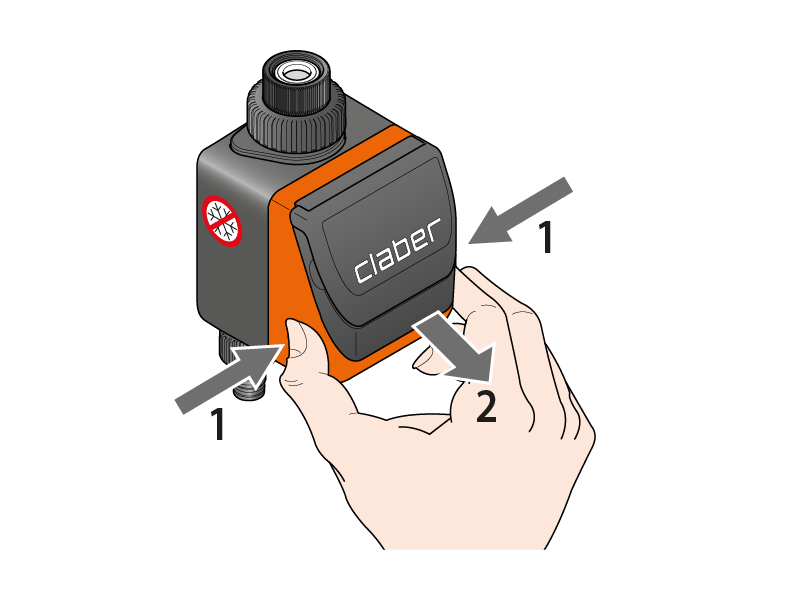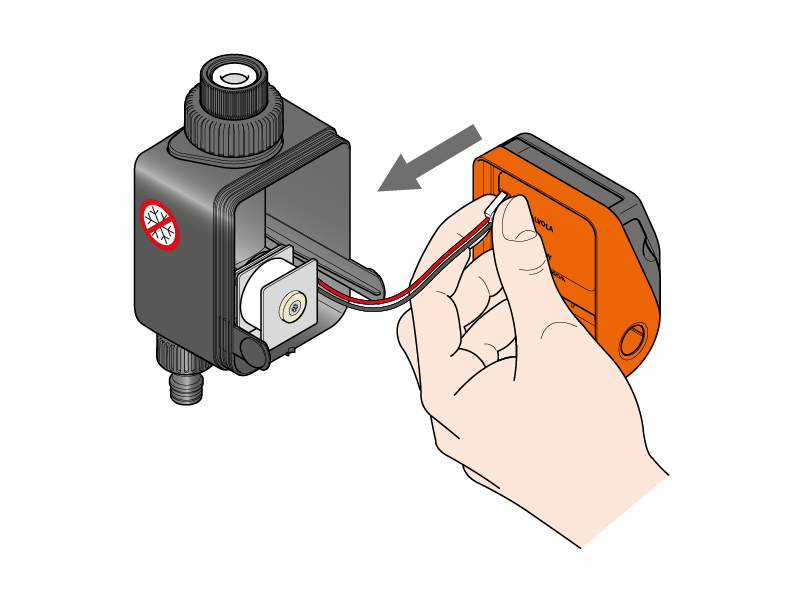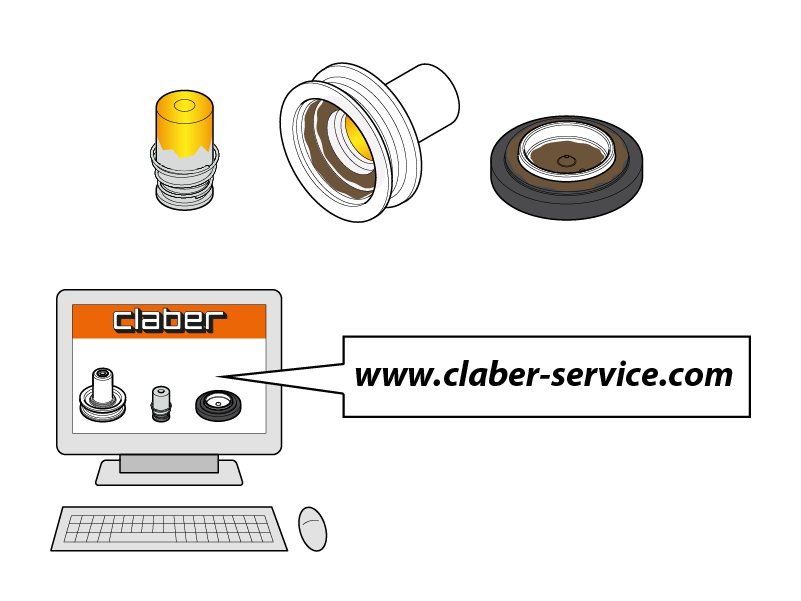
All lines
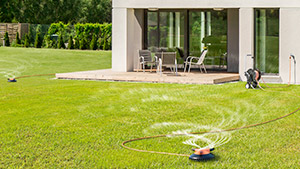
Above-ground
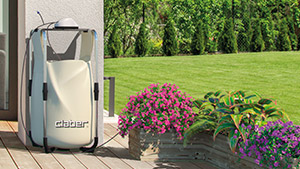
Drip irrigation

Underground
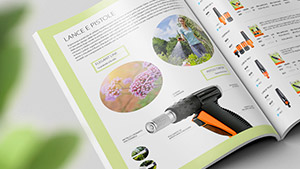
Online catalogue
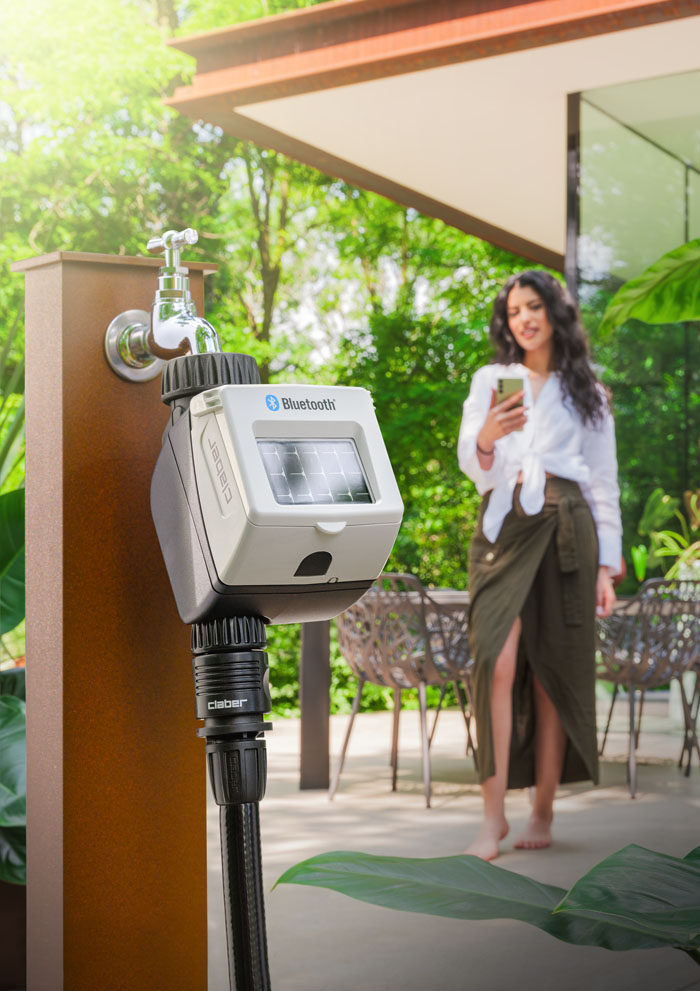






At the end of the season, it is advisable to clean the internal components of the timer, especially in case of ferrous or clayey water or in order to remove limescales.
Turn off the tap, remove the timer.
Detach the electronic part from the housing by pressing the two lateral buttons.
Unfasten the wire that connects the two parts.
Using a Phillips screwdriver, loosen the set screw of the solenoid group and remove the washer.
Take the solenoid group out, being careful not to let the solenoid fall out of its seat.
Using a torx 10 screwdriver, loosen the four screws of the metal clamp where the magnet is fixed.
Take the clamp and the magnet out.
Pull then the other components out: bushing, piston with spring, membrane.
Use only water to clean the components. For resistant scaling, keep the bushing, the piston with the spring and the membrane immersed in a solution of water and vinegar for 48 hours. Do not use solvents or other substances. Check that the hole of the membrane is not obstructed
Check that the seat of the components is free from dirt and scale; in case clean them with a cloth.
Should the components be extremely damaged or still dirty after having been cleaned, it is necessary to request the spare parts to Claber S.p.A (www.claber-service.com).
Fit the membrane in its seat, place the piston with the spring in the bushing and fit the bushing back.
Place the metal clamp with the magnet back, being careful that the face of the magnet outwards should be the white one.
Using a torx 10 screwdriver, drive in the 4 screws (turn them a quarter backwards first, in order to catch the thread).
Fit back the clamp with the solenoid. Warning: for Standard timers, the solenoid wire must be turned towards the inside, whilst for Aquauno Plus and Duplo timers towards the outside.
Fix the clamp with the solenoid by tightening the cross-recessed screw, interposing the washer.
Connect the solenoid wire to the electronic component.
Join the two parts of the timer.
At the end of the season, store the timer in a dry place, where the temperature does not fall below 0°C.

